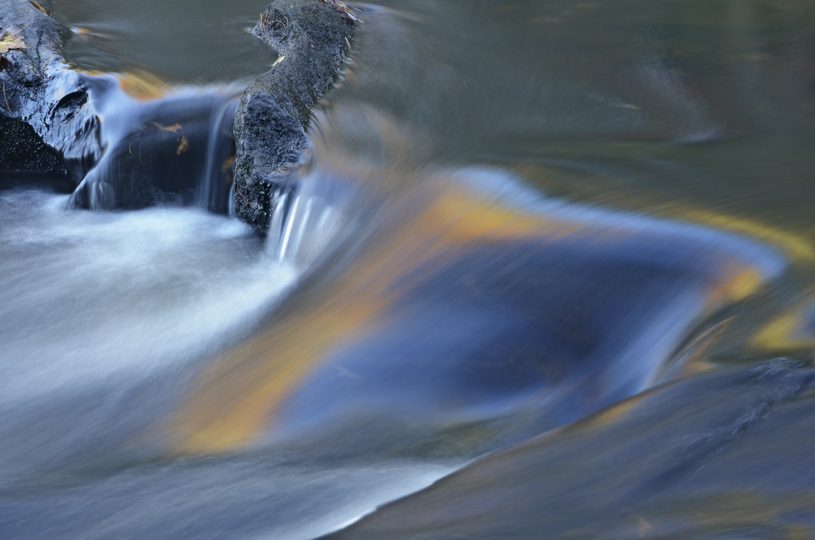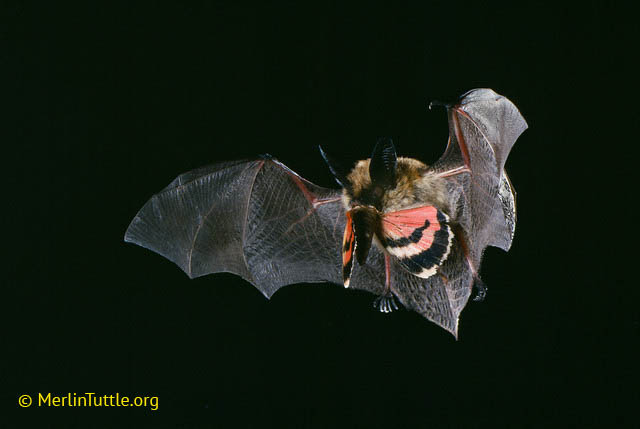Last November I spent some time in Big Bend National Park, Texas. Have you ever been there? It is an extraordinary place, filled with wide-open spaces, mountains that look like they belong in Colorado and a whole array of interesting birds and other wildlife. My husband and I camped, and stayed in the nearby town, both of which are dark sky certified locations. Have you ever been somewhere at night where when you go outside, you see no artificial human lights anywhere, only the light from the stars? It was an incredible sight! The blanket of the dark sky pierced with thousands of tiny points of light, the Milky Way visible, stretching as far as the eye could see.
Today stepping outside at night and getting to see darkness is rarer and rarer, as we humans light up the night everywhere we go.

According to Conservation Made Simple, “Dark skies are now hundreds and thousands of times brighter than they were a century ago! “
Light pollution is really a thing and of all the types of pollution, is the easiest one to address. Light pollution is reversible!
Some people will say, “What’s the big deal with a few lights in the night? So what? Why do the lights matter? ”
According to The International Dark Sky Association,
Light pollution devastates wildlife.
It wastes energy and money.
Light pollution robs us of our heritage and may harm your health.
Here are some things that might surprise the average human about light pollution:
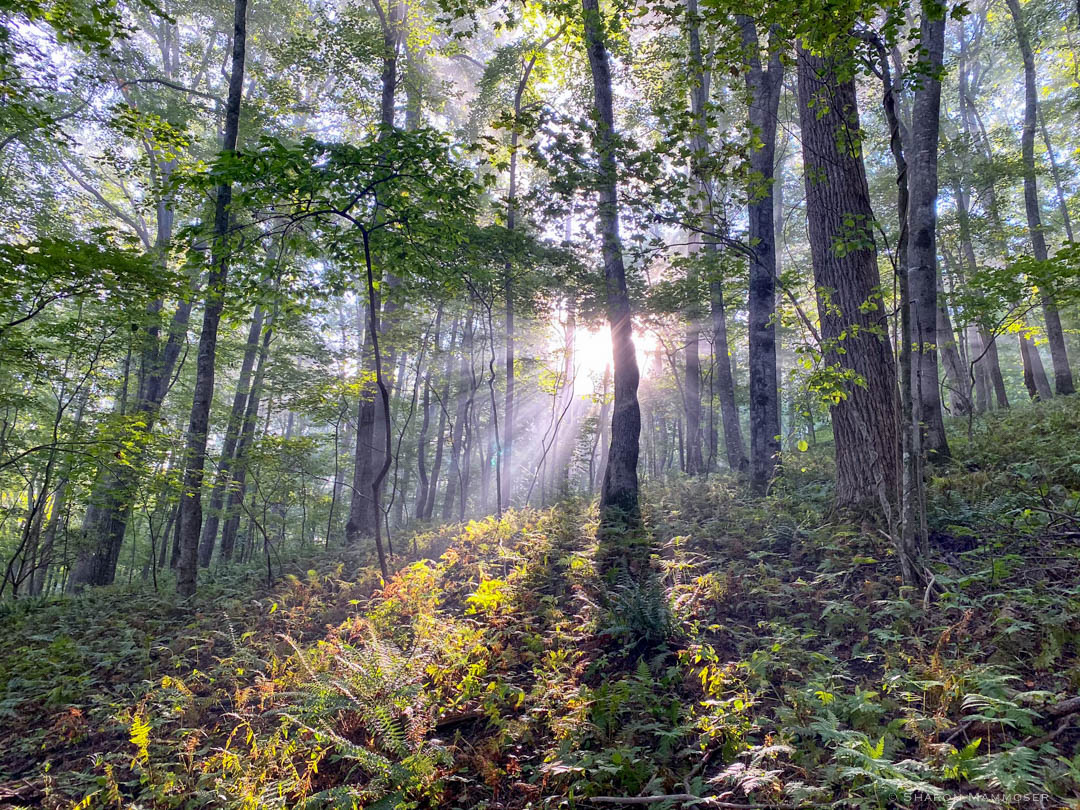
Did you know trees exposed regularly to bright artificial lights at night have a shortened life? The artificial lights make them hold onto their leaves longer into the fall than they should, weakening them and as a result, shortening their life.
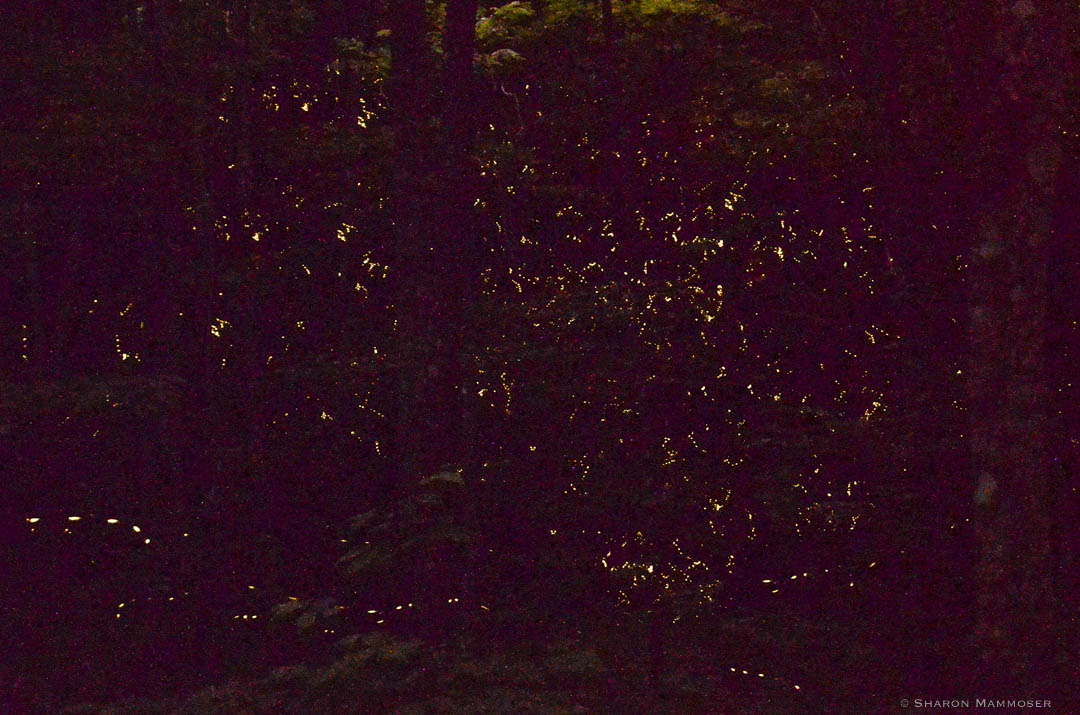
Did you know of the 2000 species of fireflies that live in North America, all require darkness for successful reproduction? When the night is lit up by artificial lights, the small insects have trouble finding each other, their little lanterns no match for the large, bright lights that steal the darkness. Or they use up all of their energy reserves traveling towards bright lights and then die before ever finding mates.
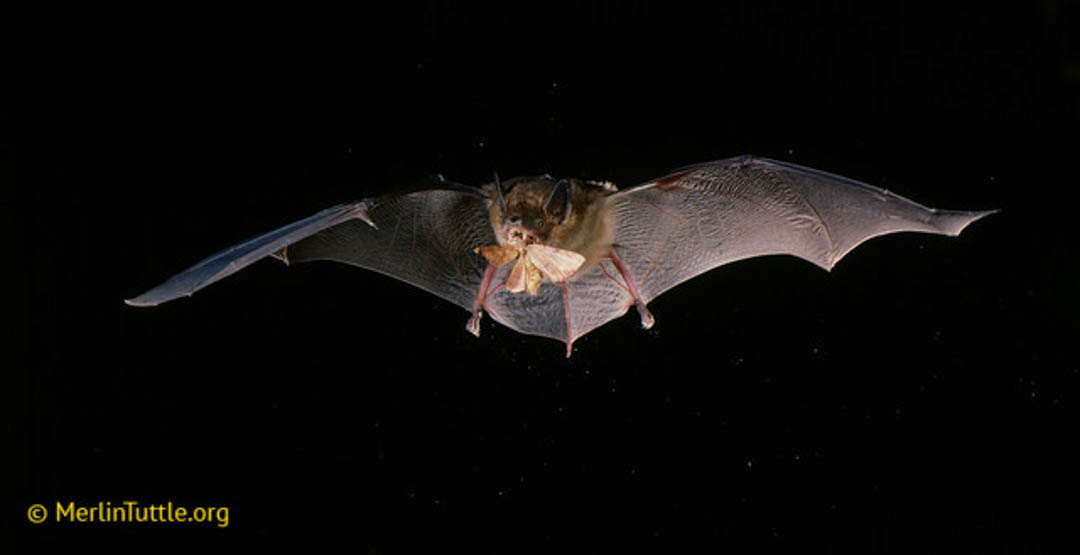
Did you know some bats will avoid the bright lights, not wanting to be seen by predators like owls or night hawks? And guess what that means? In those areas, there may be more mosquitoes and other insects.
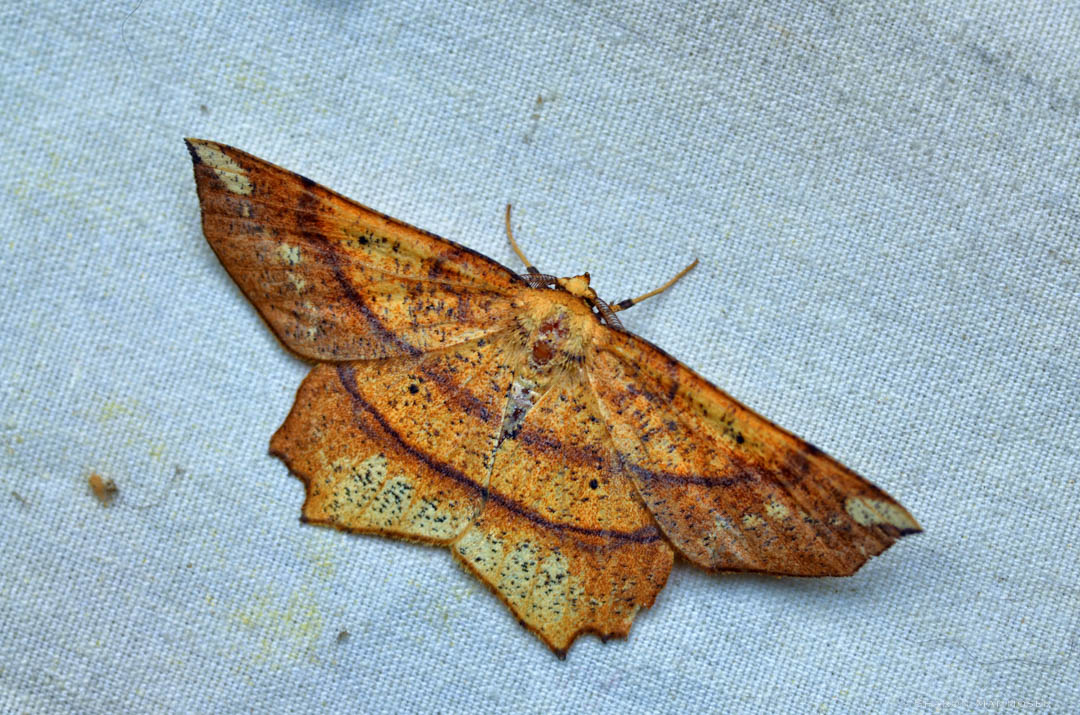
Did you know that many, many moths and other insects will be attracted to artificial lights and will then die? Because they use up their energy stores before finding mates, or they become disoriented, or they touch the hot bulbs and die on contact, or they get eaten by predators who don’t mind the bright lights, like spiders, hanging flies or birds.
Did you know migrating birds depend on the natural cycles of Mother Nature to give them cues about migrating? When the landscape is lit up at night, birds may wander off course, becoming disoriented and increasing chances for collisions with towers, houses or buildings.

Did you know many frogs and toads time their reproduction to the cycles of Mother Nature? When the night in areas where they live is lit up at night with artificial lights, their timing may be thrown off, thus causing them to miss small reproductive windows.
And lastly, did you know that humans are negatively affected by prolonged exposure to lights in the night? Because humans evolved with the rhythms of the Earth, including darkness during the night and light during the day, we are linked to these cycles. Like most life on Earth, we have a circadian rhythm that is essential to our master clock and our overall health. According to the International Dark Sky Association, this circadian rhythm “interacts with our body systems, changes our hormone levels, and even modifies our genetic code.” Disruption in our circadian rhythm “may increase our risk of obesity, diabetes, mood disorders, reproductive problems and even cancer. Numerous studies have linked working the night shift and exposure to light at night to increased risk for breast and prostate cancers and other health problems. ”
I hope you’ll join me in telling your friends and family to make changes to minimize our impact on the night. Imagine how different things could be if everyone cared enough about preserving our darkness to voluntarily take some steps to lessen our impact.
Here’re some changes (according to the International Dark Sky Association) you have the power to make at your homes to lessen light pollution:
- Use only fully shielded, IDA dark sky certified fixtures for all outdoor lighting, so lights shine down, not up.
- Use only the right amount of light needed. Too much light is wasteful and can create harsh shadows that impair vision.
- For outdoor lights, use controls such as timers, dimmers and motion sensors.
- Use warm color lights where possible. Limit the use of harmful blue wavelength lighting.
I hope you’ll help me in spreading the word about light pollution and how each one of us can make a difference.

